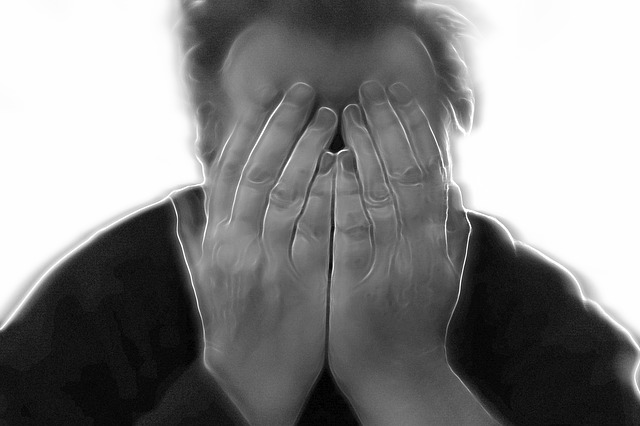2014 Drug Trends in Missouri

The 2014 drug trends in Missouri are showing a steady rise in the percentage of use, arrests, incidents and those seeking treatment. Since 1998, the number of treatment facilities in the state has not increased by much, which leads many treatment professionals to worry that within the next decade they will not be able to keep pace with the need for treatment. There are many unusual factors about the defining statistics of drug use in Missouri, it is mostly synthetic, mostly abused by young adults and directly related to a sense of despair.
What illicit drugs are most common in Missouri?
Missouri stands out from its companion states because it has one of the highest rates of synthetic drugs use. The synthetic drugs are in addition to higher levels of cocaine and crack cocaine. There is some meth and heroin present, but not at any great levels as yet. Alcohol and marijuana remain the mainstays of the drug culture, but the synthetic drugs are what more people seek admission for treatment from.
Where are the drugs coming from?
The majority of the drugs that are abused in the state are what are considered to be “club” drugs. These are drugs like PCP, Ecstasy, and GHB. These are classed as synthetic drugs and like the cocaine and crack cocaine that is also present in the state, they are coming in from Ohio and from the south. The majority of drug trafficking is done over the road, but there is some that arrives by water. The fact that these drugs (excluding cocaine and crack cocaine) can be moved in profitable amounts with little stock makes them hard for authorities to find while they are in transit.
The role of psychological distress
One of the rising factors in admission for drug treatment in Missouri has been psychological distress. While this was prevalent in 1998, it has become the largest percent of a co-existing problem with any drug addiction. The high presence of psychological distress begins to make sense of the equally high abuse rate of tranquilizers within the state. Officials fear that this is going to open the door to rising prescription drug abuse as well. In the state of Missouri, out of over 260 treatment facilities, only ten are equipped to treat opioid abuse. They will not be able to meet treatment needs should the use of prescription drugs escalate.
What about alcohol and marijuana?
Like other states in the central area of the country, the age of first use of alcohol and marijuana comes at a statistically earlier age than the rest of the country. The average reported age of the “first drink” is 8. Over 200,000 youths under the age of 17 report repeated use of marijuana and alcohol over the course of the prior year. This is another element in the creation of psychological distress as a formulating factor in drug abuse. The use of drugs at a young age not only creates a population that is predisposed to drug use and abuse, but it is also indicative of a stressful culture. The primary age of abuse for all drugs is between 17 and 25. The rates fall off significantly as the population gets older Unfortunately, with the slow introduction of heroin and meth to the state, that is beginning to change.
How does you fix psychological distress?
One of the challenges for the treatment centers and professionals in Missouri is to not just provide standard drug detoxification care and sober life skills, but to try and formulate plans that will allow the quality of the person’s life to improve. At the core of psychological distress is a lack of sense of purpose and meaning for the individual on a personal level, and on a community level. Many of the programs in Missouri are pioneering the use of movement and meditation as a part of their treatment plans to try and find a way to fix psychological distress that is effective.
What is the general outlook for Missouri?
The general outlook for Missouri is not positive. Officials fear the increasing availability and acceptance of meth and heroin, at their current purity levels, could create an epidemic of overdoses. They are working hard to formulate plans to interrupt the flow of drugs into the state, as the treatment centers are working to refine their programs to provide better care, recovery and interventions.

